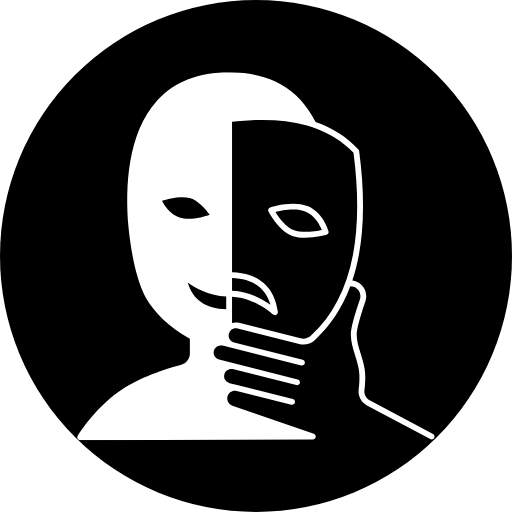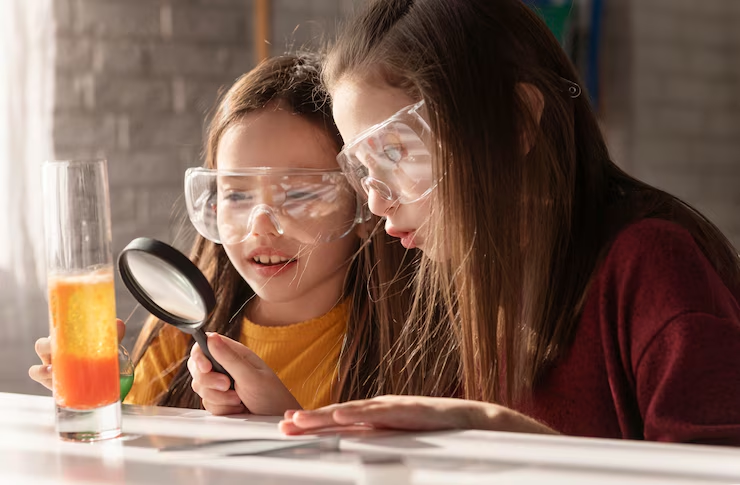Table of Contents
There may be Image Forensic Analysis that make you question whether or not they are real. Saying “yes” means you are one of many. With the technology we have now, it is very hard to spot a fake picture. “Image forensics” steps in and quietly checks to see if a picture is real or has been changed.
Image forensics isn’t something new. It has existed for some time now, assisting law agencies, journalists, and even academic researchers with verifying visuals. But now, these technologies hold more value than ever. Why? There is a lot of material made by AI on the internet.
Deepfakes, AI-cooked photos, and clever edits made to deceive the masses are everywhere these days. One improperly edited image can trigger doubts, destroy countless reputations, or even shift popular sentiment.
So what is this article about? We are analyzing the newest trends and technologies regarding image forensic analysis. We focus on the history of the field, which gaps pose problems for experts on their work, and the fascinating technologies invoked to differentiate between truth and lies.
Whether you are a concerned civilian, a technology enthusiast, or simply curious, then stick around because things will get vastly intriguing and enlightening.
Also Read: Can You Trust That Photo? How an AI Image Detector Can Instantly Help
What Is Forensic Image Analysis?
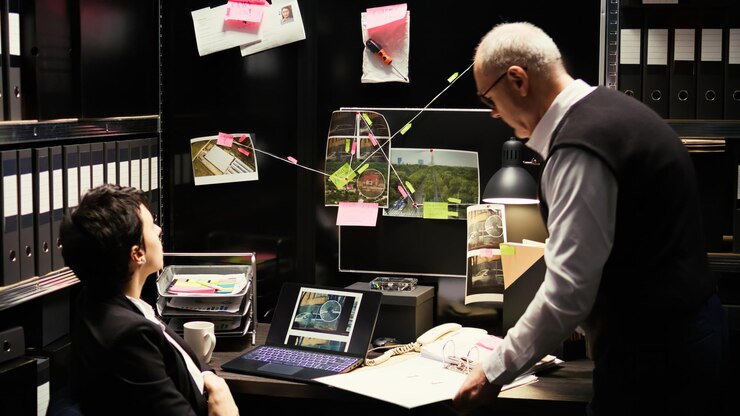
Forensic image analysis may sound like something from a crime drama, but it is very much a real thing and really critical in today’s digital age. What is it, precisely? Let’s examine each component.
The Basics
Examine photos and videos to locate evidence or clues that may aid in solving a particular case; this is referred to as Image Forensic Analysis. Law enforcement, private detectives, and even attorneys employ this technology to analyze visual files and discover the facts behind them.
We are not merely discussing the process of getting closer to blurry pictures. This field analyzes images using sophisticated equipment to improve them, verify and authenticate them, and identify who and/or what is included.
What Do Forensic Image Analysts Actually Do?
Such experts have a variety of responsibilities:
- Restoring Details From Unclear Images: They can bring out details so subtle that they would go unnoticed to the unaided eye.
- Examining Recorded Footage From Security Cameras: Store and parking lot CCTV footage is often overlooked, but it is quite the treasure chest for analysts looking for suspects and other suspicious behavior.
- Looking for Signs of Forgery: Every image can be easily altered, so forensics experts need to be vigilant and have an arsenal of tactics to prove images’ tenure.
- Recognizing Individuals Or Items: Be it associating a criminal with a screen-detected face or discerning a car engulfed in a flurry of vehicles at an accident, these experts do magical things.
Seeing is believing, especially when it comes to proving a case. A single concrete photograph can shatter or construct someone’s reputation and paint them as the good or bad person. For that reason, images should be rigorously examined since they can be fabricated. Fake images wouldn’t work for a manipulating lie detector.
Applied In The Real World
Work such as forensics is very elaborate and complex. It can be used for any and all of the following:
- Police Work
- Car Crashes
- Finding People Who Are Lost
- Civil Law (Car Crashes, Dispute on Property/Value)
Evolution of Image Forensics: A Quick Recap
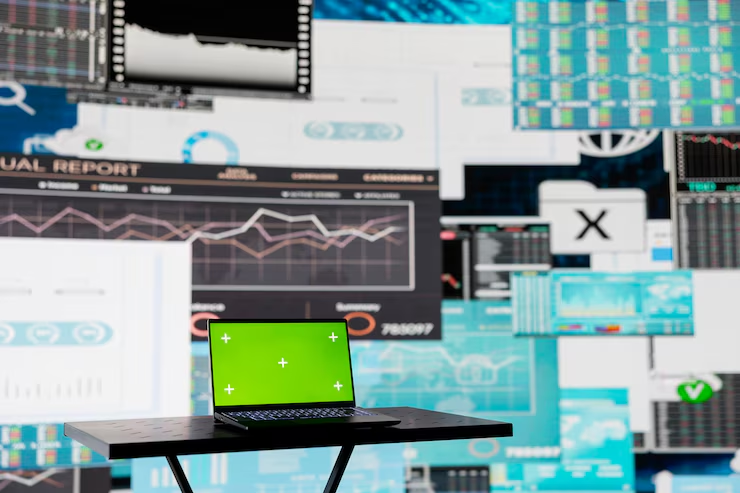
Let us remember the past of forensics for a second. Forensic analysis back then required manual work. These days, people simplify photo review by paying closer attention to the image’s pixels, shadows, patterns, and any lighting discrepancies. The process is much easier these days because it operates like super sleuthing but with much better equipment.
Along with the development of new technology and the internet, the photo-taking software is improving, and manual forensics checking is becoming outdated. The primitive methods for advanced editing like Photoshop were always common, such as desperate cross photography for.
For instance, in the early 2000s, technology was so advanced that there was software to check the information inside of the photos before editing them to ensure that they were created correctly.
In the middle of the 2010s, machine learning and AI became very popular. The introduction of AI changed obligations since AI synced itself with computers; documents from the photos could be analyzed in a manner of seconds.
You could say it became possible to completely trust automated systems. Once an image was edited, it could determine the cloned pixels to inform the user and control the noise patterns, as well as examine a range of pictures through automation which replaces advanced manual work.
The major advancement came with generative AI. Now anyone with an internet connection could easily produce stunning images with GANs and diffusion models. Need a non-existent human photograph? Order approved. Demand a flawlessly fabricated version of an imagined action of a certain political figure? A few clicks, and the claim was accepted.
By 2024, remarkable forms of synthetic media were commonplace, this advancement transformed image analysis into the primary defense for a photograph, resulting in an explosive demand for more advanced and efficient imaging forensics.
Analysts should not work on a so-called hunch and limited pixelization any more. It became a fight of advanced technological instruments: one used by image forgery designers and another by AI-upgraded forensic investigators.
As of 2025, we are in a reality where Image Forensic Analysis have to evolve right alongside advancing technologies. There aren’t as clear lines between truth and imagination as there used to be.
Latest Trends in Image Forensic Analysis
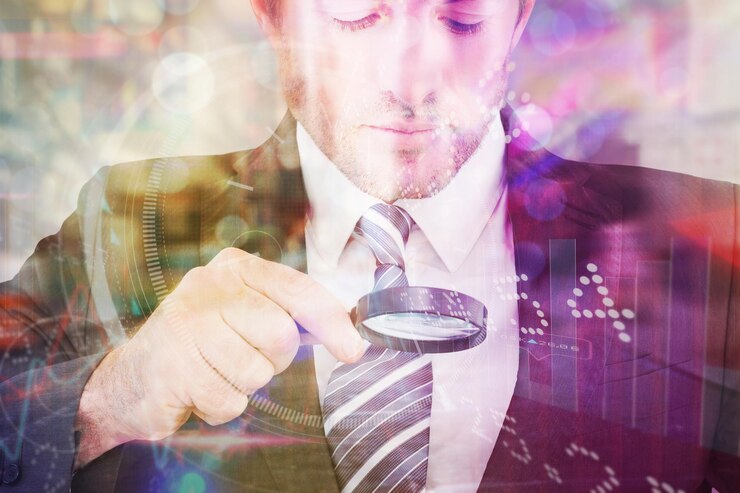
Image Forensic Analysis are now done in 2025 when compared to previously. As deepfakes, synthetic images, and AI-generated visuals bombard us, technology to expose deception has evolved just as rapidly.
It means much more than identifying an amateur Photoshop edit now , intelligent systems that can be multi-layered and often undetectable is the way to differentiate between reality and deception.
Forensic image analysis have some useful advancements and let’s explore them:
The Use of Blockchain Technology in Image Provenance Management
When it comes to images, confirming their point of origin is critical in verifying automation, and blockchain technology is proficient at this task. Projects like C2PA (Coalition for Content Provenance and Authenticity), which receives funding from big names like Adobe and Nikon, work on systems that create immutable audit trails.
Put more simply, after the origin and edits of an image are noted in a blockchain, they become permanent. Users can confirm image blockchain validity and trust that the image they are viewing is unalterably genuine.
Multimodal Analysis
In the end, it doesn’t center on the Image Forensic Analysis alone. The newest advancements in forensics join images and videos with their respective metadata and contextual information, such as location, accompanying text, etc., for a comprehensive evaluation with regard to establishing the trust threshold of the work in question.
This multimodal analysis integrates AI to build the intricate picture independently and in conjunction with others, making fraudulent bypass concealment increasingly difficult.
To summarize, these trends suggest that by the year 2025, image forensics will not just be detecting fakes but will also be trying to cultivate trust in a visually precision-fabricated world that, irrespective of crafted visuals, does not assure authenticity.
Cutting-Edge Methods and Tools
When it comes to uncovering the layers of sophisticated digital image manipulation, possessing the proper tools can serve as a pivotal advantage. As of 2025, a few software programs and toolkits are addressing all the needs of forensic experts and the general societal users.
1. Forensically
A well-known one is a free app called Forensically which provides error level analysis, clone detection, and even metadata analysis. It is extremely easy to use and is often preferred by both seasoned experts and novice users.
2. Serelay
Serelay is a company that takes authenticity priorities by identifying documents at the point of capture, meaning photos and videos can be authenticated at their origin. Its technology also helps make sure that the content captured has not undergone post-capture alterations, which holds significance when it comes to trusting authenticity.
Conclusion
In a society where Image Forensic Analysis verification is challenging and mistrust is widespread, digital distortion presents a new frontier to resolve. Image forensic analysis serves as a trustworthy ally in the fight against all counterfeits. Now, as we advance to 2025, advanced AI technologies, blockchain-backed authenticity, and smart image verification techniques address the intricate problem of deceptive visuals artfully and ease our navigation through the landscape riddled with deepfake Image Forensic Analysis and videos.
Journalism, law enforcement, insurance, and cybersecurity are the ever-emerging fields of study in image forensics on the photograph’s integrity. And while the evolution of image-analyzing technologies keeps introducing modernized and more sophisticated tools, one paradigm stays firm for the ultimate paradox: ‘truth’ renders no certainties in a world when digital artefacts philosophies stripped ‘seeing’ of its authentic meaning.
